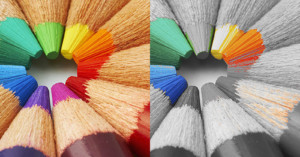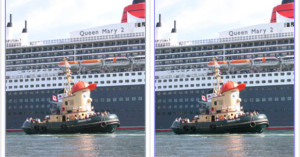
Updates to the Ubiquitous JPEG Promise to Save Energy, Improve Quality
The creators of JPEG XL say the format can bring major changes to the popular JPEG such as large bandwidth savings and higher fidelity image quality with no conversion necessary -- JPEG XL still be read as a traditional JPEG.


